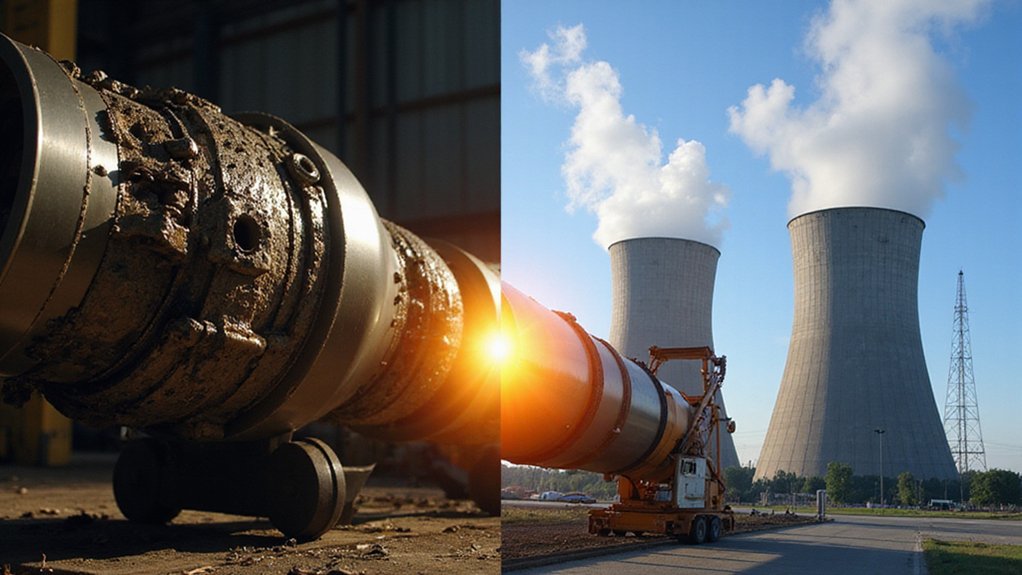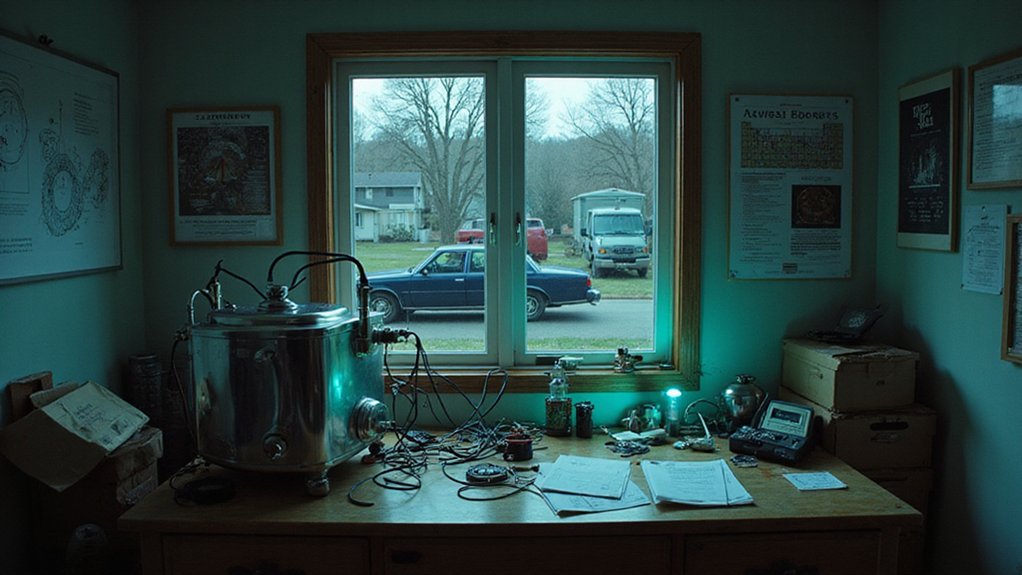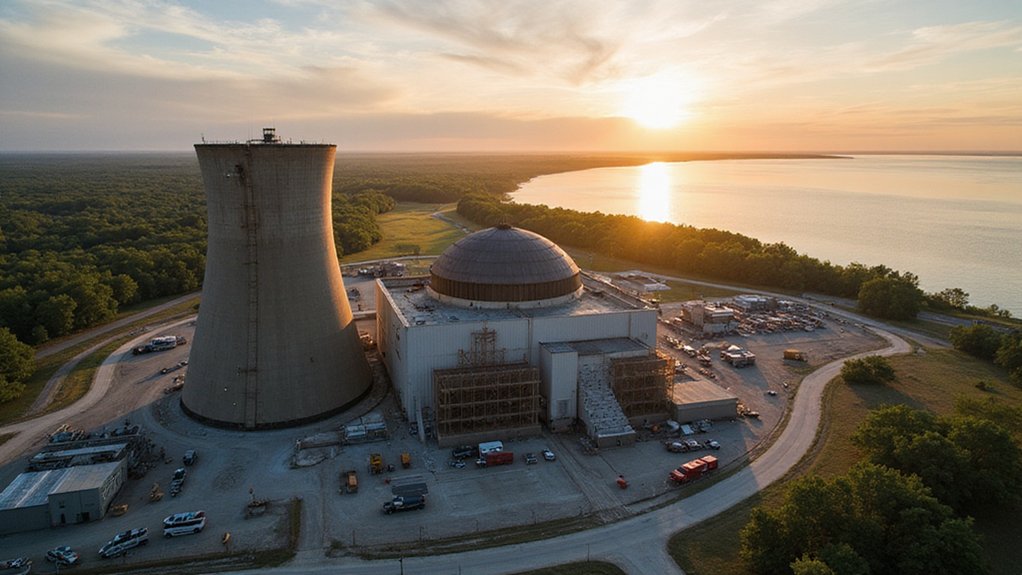In a bold new initiative, the Pentagon has decided to convert plutonium from dismantled nuclear warheads into fuel for civilian power plants. This major policy shift comes from an executive order issued in May 2025, directing that excess defense plutonium be used for national security objectives, including powering advanced nuclear reactors.
About 20 metric tons of plutonium from Cold War-era nuclear weapons has been designated for possible conversion to reactor fuel. This material, once slated for disposal, will now be recycled into mixed oxide (MOX) fuel for electricity generation. The Department of Energy must identify all viable surplus plutonium within 90 days of the order.
Cold War plutonium stockpiles find new purpose as reactor fuel, transforming weapons of destruction into sources of power.
The Pentagon will work closely with the DOE to oversee this plutonium’s use. The program aims to encourage private sector investment in advanced reactor development. Nuclear reactors at military installations must be operational by September 2028, according to the directive.
Converting weapons-grade plutonium to reactor fuel isn’t simple. It requires sophisticated reprocessing to meet civilian standards. Previous attempts to commercialize MOX fuel faced serious cost overruns and technical problems, leading to cancellations. This initiative comes as the DOE’s plutonium pit production program faces significant budget overruns and delays at production facilities.
Critics question whether the program is economically feasible. They point to earlier failed attempts at large-scale plutonium recycling. Small modular reactors (SMRs) are being considered as potential users of this converted fuel.
The initiative raises safety and security concerns. Facilities handling MOX fuel must follow strict safety protocols to prevent radioactive contamination. There’s also worry about potential diversion of this material for weapons use, requiring enhanced security measures during transport and processing.
The Fiscal Year 2025 National Defense Authorization Act includes provisions supporting this new direction. The policy applies only to plutonium already identified as surplus and doesn’t affect material needed for active military stockpiles. The DOE is expected to seek industry proposals on plutonium recycling within the year. The plutonium, which has a half-life of 24,000 years, requires careful handling throughout the entire process.
References
- https://energynow.com/2025/08/trump-plans-to-make-cold-war-era-plutonium-available-for-nuclear-power/
- https://lasg.org/press/2025/press_release_19Aug2025.html
- https://armscontrolcenter.org/final-summary-fiscal-year-2025-national-defense-authorization-act-h-r-5009/
- https://www.whitehouse.gov/presidential-actions/2025/05/deploying-advanced-nuclear-reactor-technologies-for-national-security/
- https://npolicy.org/nuclear-power-reactors-and-the-next-war/









